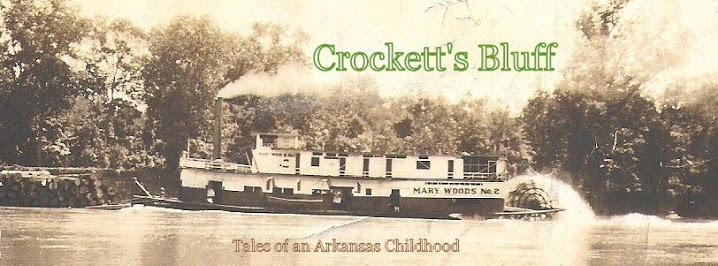Duck Hunting: Arkansas 1950
For Russell Marrs
Beyond Voss Lake whose waters seep into a grove
of pin oaks, we crouch knee deep in the invading
darkness as they land in flocks, giddily gliding
to watery earth, silhouettes in the afterglow of
the Arkansas sky.
"Wait," he whispers, as I clutch the old 12
gauge at the ready, "till they've all landed."
I feel the chatter of my teeth as I wait
for his word in the fading November light.
On signal, the charge against my shoulder
the faint tickling inside my ears, the strange
sweet smell of gunpowder tell me I have acted.
The blasts from our weapons have shattered the world.
As the smoke clears I am numbed by the hazy carnage.
"Move," he urges, "let's get 'em"!
I scramble forward, groping for both cripples
and fallen.
Half expcting once gallant iridescent necks,
now limber and distorted, not to hold the weight
of their extended connections, I shudder as I
feel the grit in their craws.
More than we can bear, like giant clusters
of warm grapes, we shoulder them on the run.
Downy flecks as from childish pillow fights
drift about like winter fire flies and settle
upon my hands as I chase the nacreous bulk
of his hunting jacket through diverse thickets
along unfamiliar paths avoiding game wardens.












